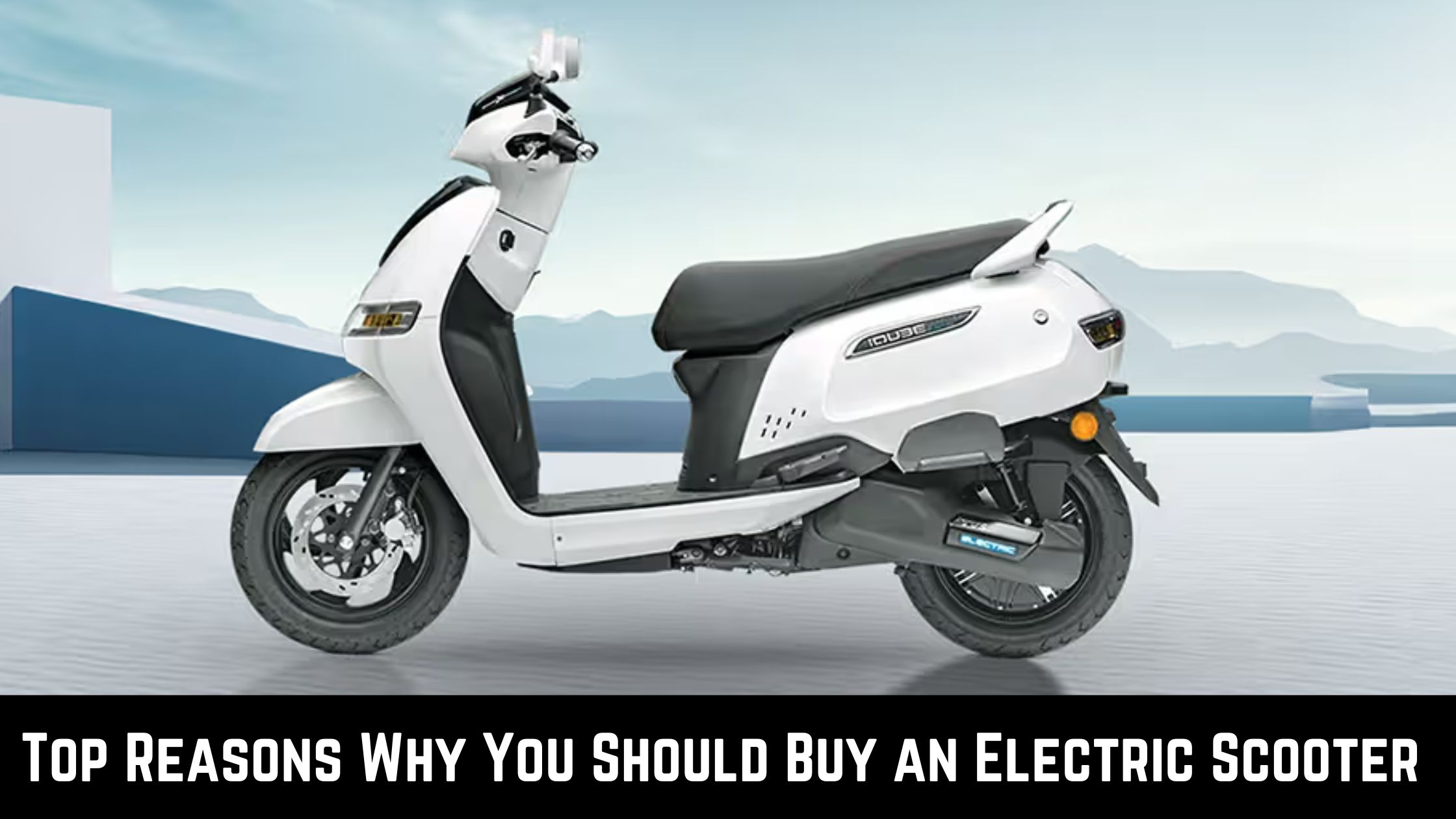
Invest in a three-cylinder “triple” to stand out in the motorcycle world. If it’s a current motorcycle, you can choose from the Triumph lineup, the Yamaha MT-09, or a pricey, exotic, and Italian model.
Only the rejuvenated British bike company has concentrated on the three-cylinder layout. This is despite most manufacturers experimenting with the concept at various points in the past.
What are Three Cylinder Motorcycle Engines?
Three-cylinder motorcycle engines, also known as triple engines, are a type of engine configuration commonly used in motorcycles. They are made of three cylinders arranged in a triangular shape.
The triple-cylinder engines feature unique power, smoothness, and compactness. The 120-degree crankshaft design provides a balanced firing sequence that reduces vibrations compared to inline-four engines. Additionally, this configuration improves weight distribution and handling features.
Three-cylinder engines usually balance fuel efficiency and performance, offering high power and excellent torque. Its unique sound and specs make the triple engine popular among motorcycle enthusiasts seeking power and refinement.
Three Cylinder Engines: Pros
- Comparable to single or dual-cylinder engines, more power and less vibration.
- Distinctive character and sound.
- Make a trade-off between high RPM and low torque and power.
Three Cylinder Engines: Cons
- Limited availability of manufacturers and models.
- Often have less power than four-cylinder engines.
- More trembling than a four-cylinder engine.
Three Cylinder Motorcycle Engines: History
The first three cylinder motorcycle engine was introduced by Moto Guzzi in 1932 with a 500cc triple. The reasoning made sense since a motorcycle with more than one cylinder would have more power and less vibration than one with only one or two cylinders.
It offered a compromise between low-down torque from two cylinders and high-revving power from four. It was still slimmer than moving up to an inline four. Inherently simpler to balance, triples also provide power smoother. A balance shaft neutralizes the central piston while the outer firing sequence runs. This raises the question of why Triumph is the only triple-engine maker.
The Twins’ Engine Evolution
The powerful 349cc MV Agusta was created in the 1960s thanks to its three advantages over twin-cylinder motorcycles, and it started winning races immediately. British bike manufacturers had trouble building larger twin engines simultaneously, especially for the American market.
The extra cylinder solved excessive vibration and unreliability, creating the Triumph Trident and BSA Rocket 3. Although the Triumph was quick and handled well, it leaked oil badly. It competed with the cheaper Honda CB750, which was more manageable because it had an electric starter.
Strangely enough, the following group of unusual triplets were born in Japan. These were the Suzuki GT550 and GT750, the two-stroke Kawasaki 500cc H1 and 750cc H2, the Yamaha XS750 and XS850, etc. It did not help three-cylinder motorcycles sales that the Kawasaki H1 earned the moniker “The Widowmaker” due to concerns about the chassis (caused by suspension problems) and poor brakes.
Due to stricter emissions regulations and ongoing advancements in four-cylinder bikes, two-stroke triple attempts stopped. From 1985 to 1995, the entry-level BMW K75 four-stroke 740cc was produced, but that was it.
Triples or Three Cylinder Engines In Modern Times
An Italian Renaissance was brought on by the three-cylinder motorcycle engine’s relative scarcity and recognizable snarl. When MV Agusta designed the F3 800 and Brutale, historical figures clearly influenced them. With the TNT899 and TNT R, Benelli also joined in. But Triumph shines when it comes to triple experiences at a fair price.
The benefits of triples are perhaps best demonstrated in their middleweight range, even though the British company may have a range that culminates in the Triumph Rocket III’s smooth delivery at 2.3 liters.
Triumph’s Daytona 675 and the excellent Street Triple show that three-cylinder engines can deliver performance on par with anything comparable while delivering more personality. It is hardly surprising that the 675cc naked middleweight model immediately overtook other Triumph models in sales.



